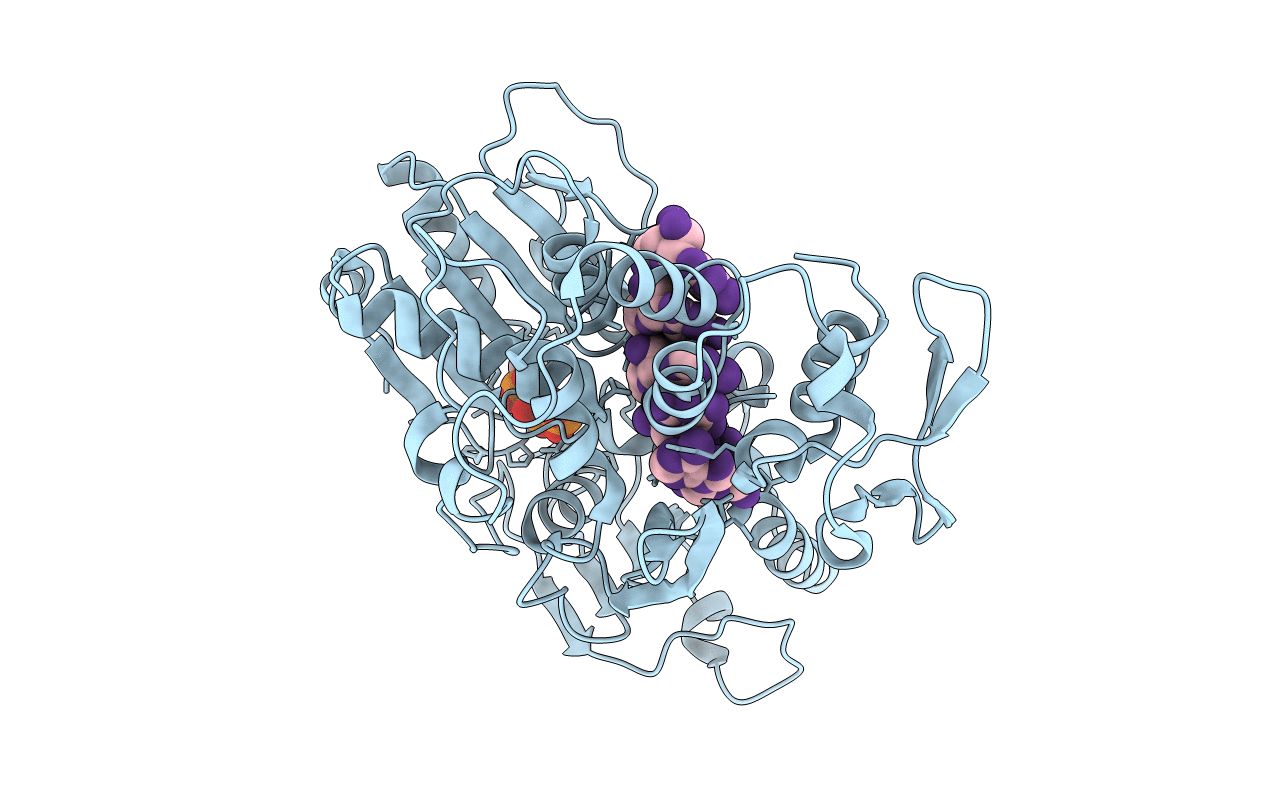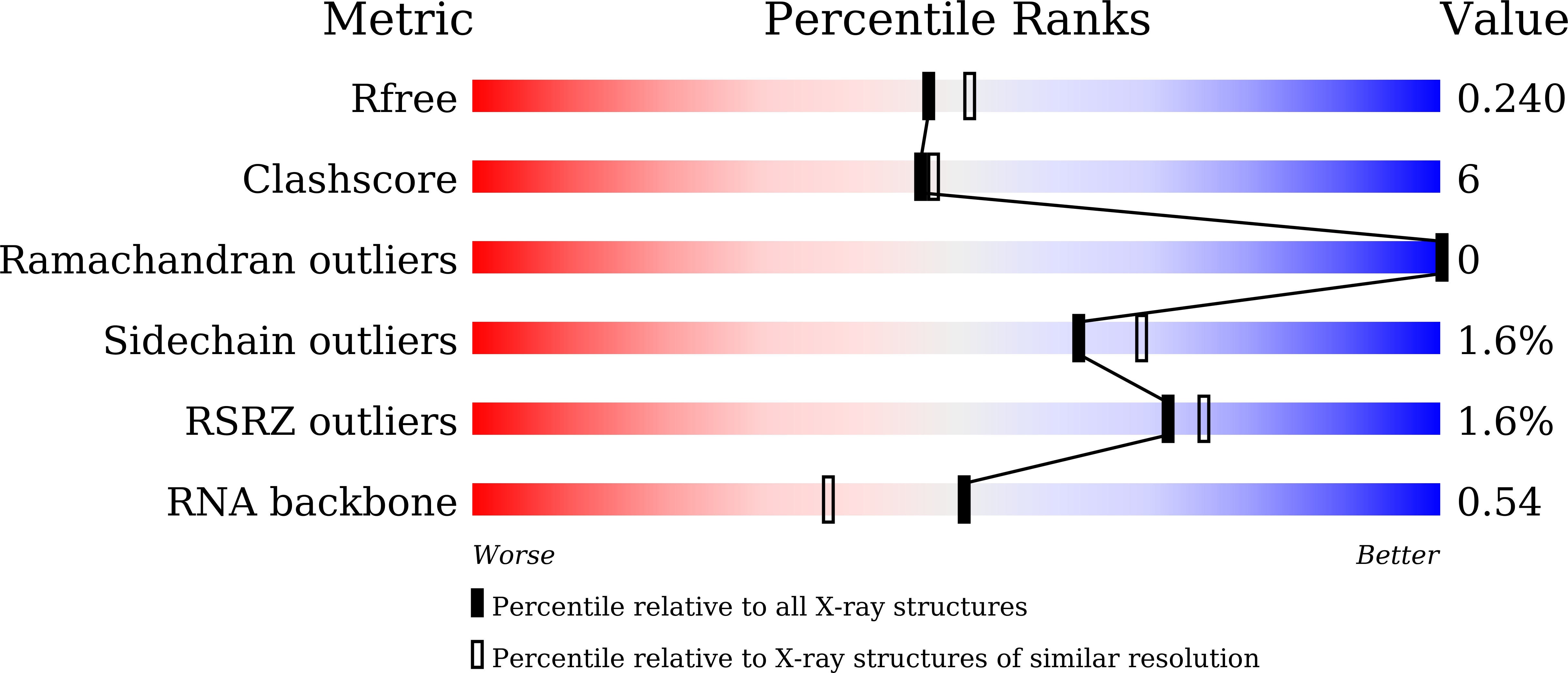
Deposition Date
2021-08-10
Release Date
2022-08-17
Last Version Date
2023-11-29
Entry Detail
Biological Source:
Source Organism:
Zika virus (Taxon ID: 64320)
synthetic construct (Taxon ID: 32630)
synthetic construct (Taxon ID: 32630)
Host Organism:
Method Details:
Experimental Method:
Resolution:
2.10 Å
R-Value Free:
0.23
R-Value Work:
0.18
R-Value Observed:
0.19
Space Group:
P 1 21 1


